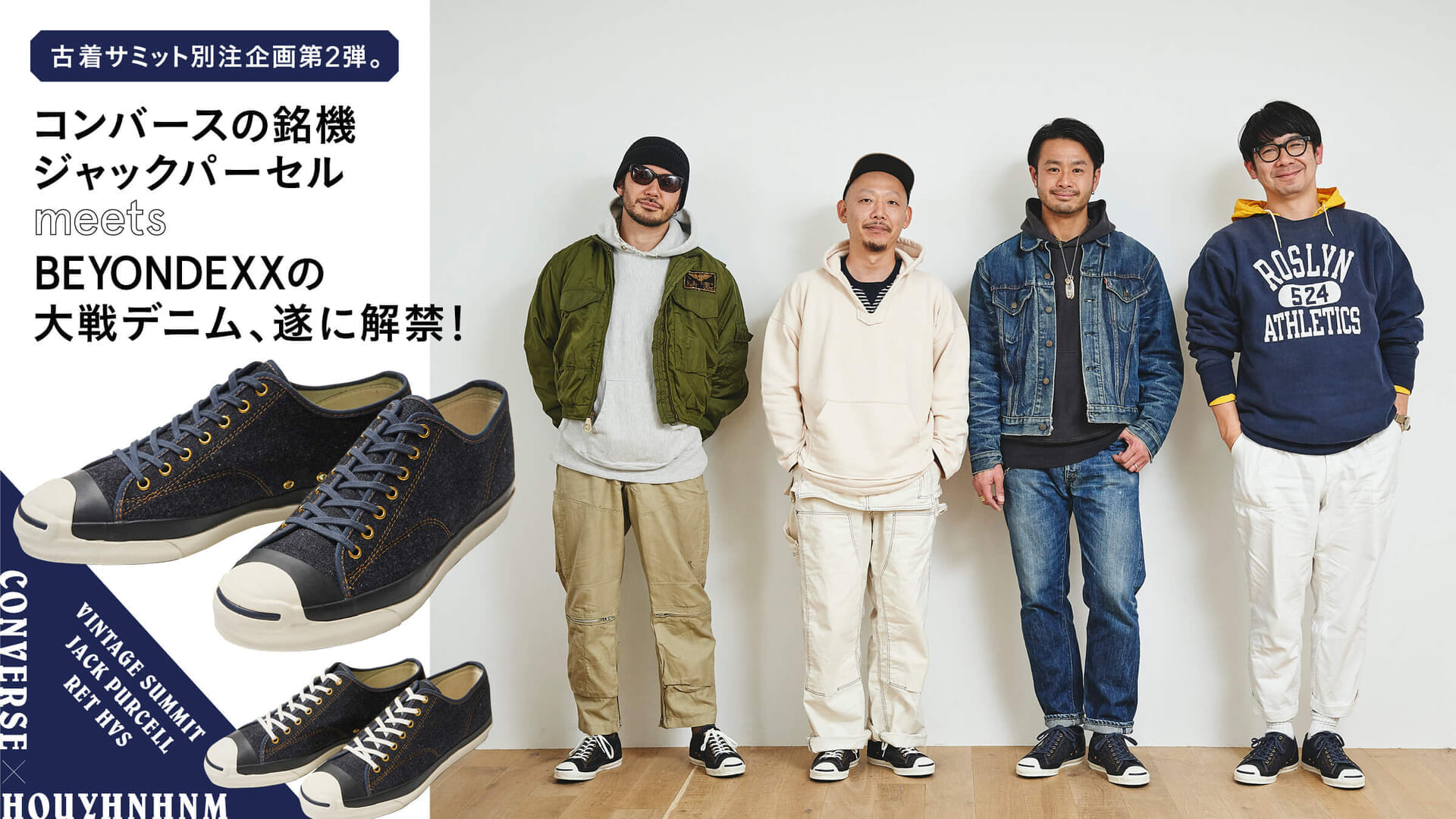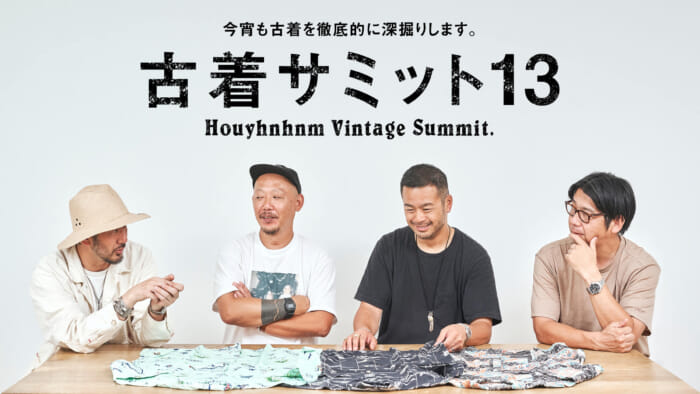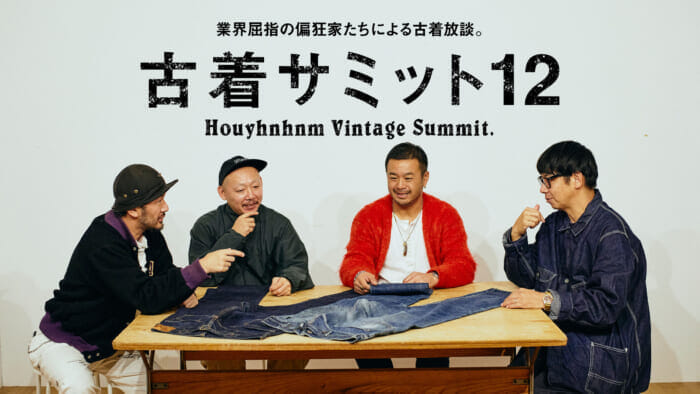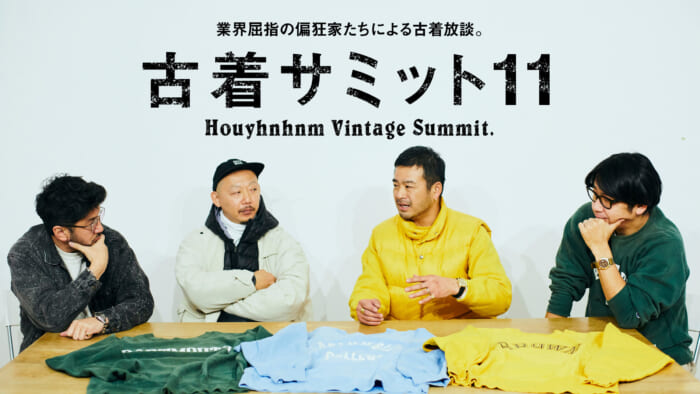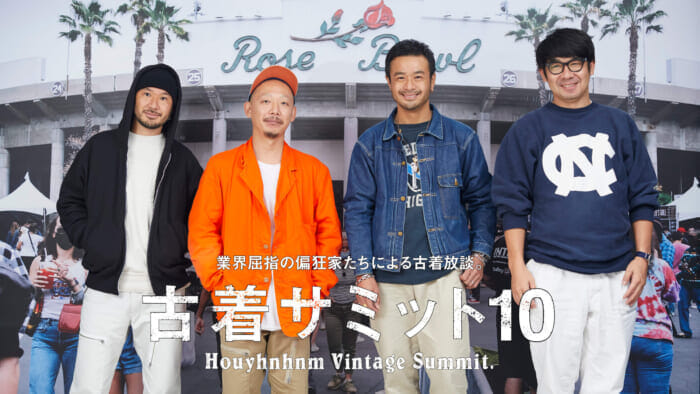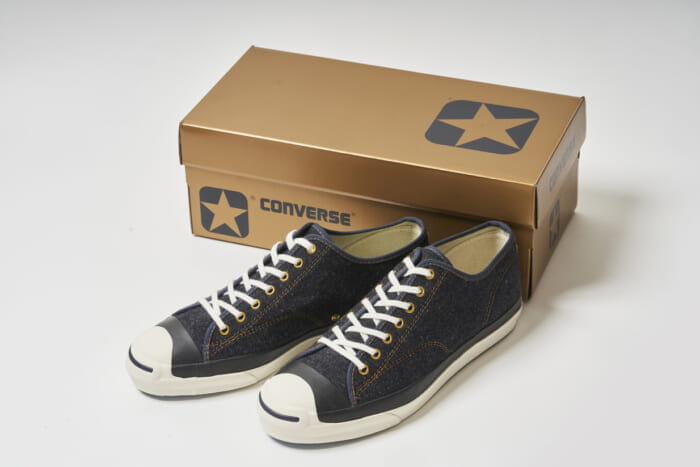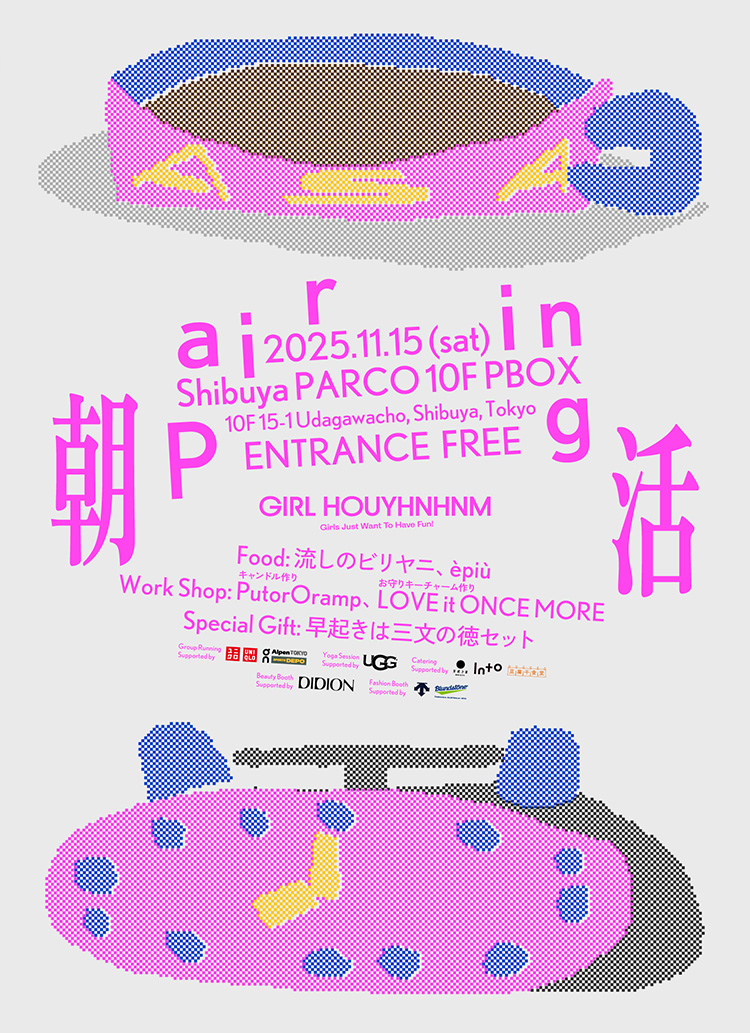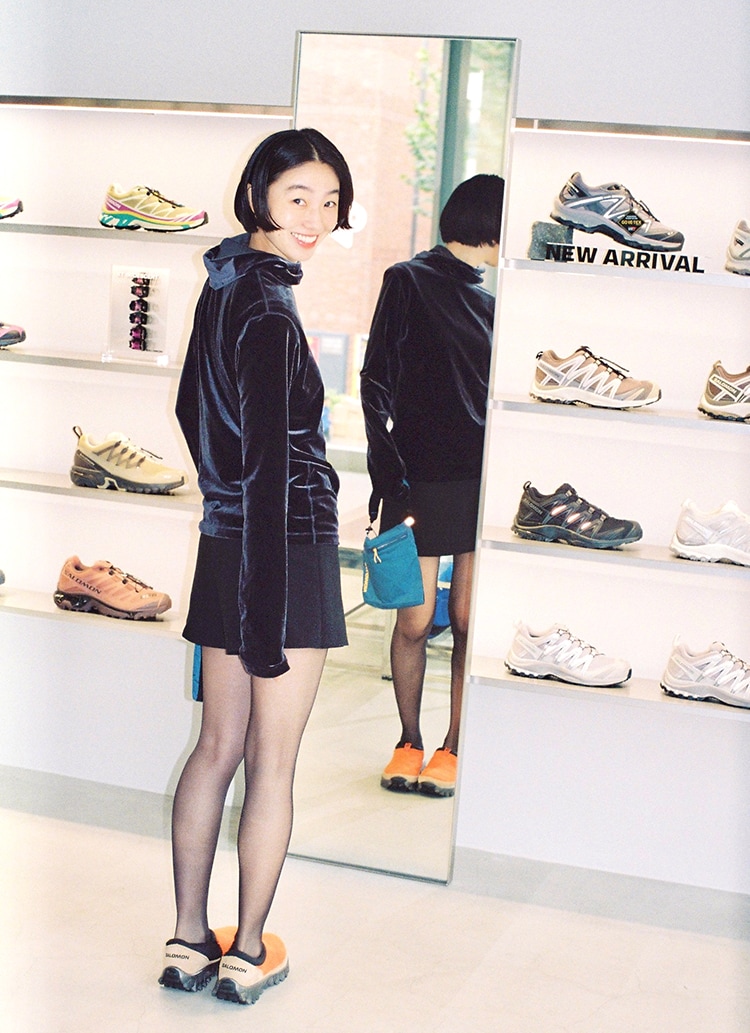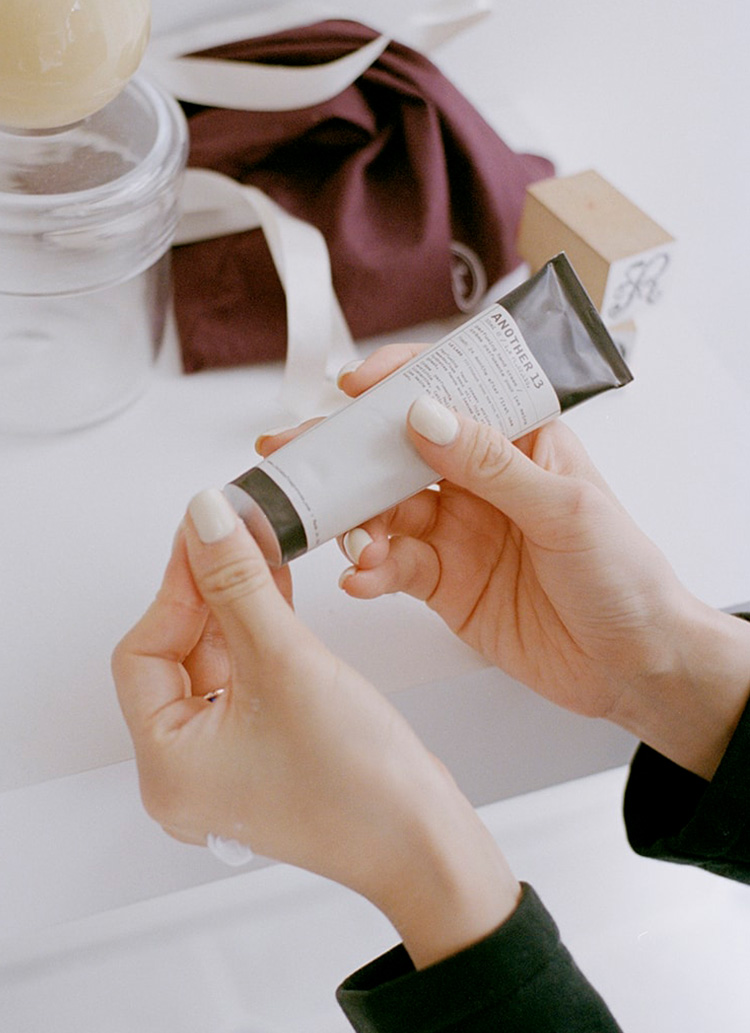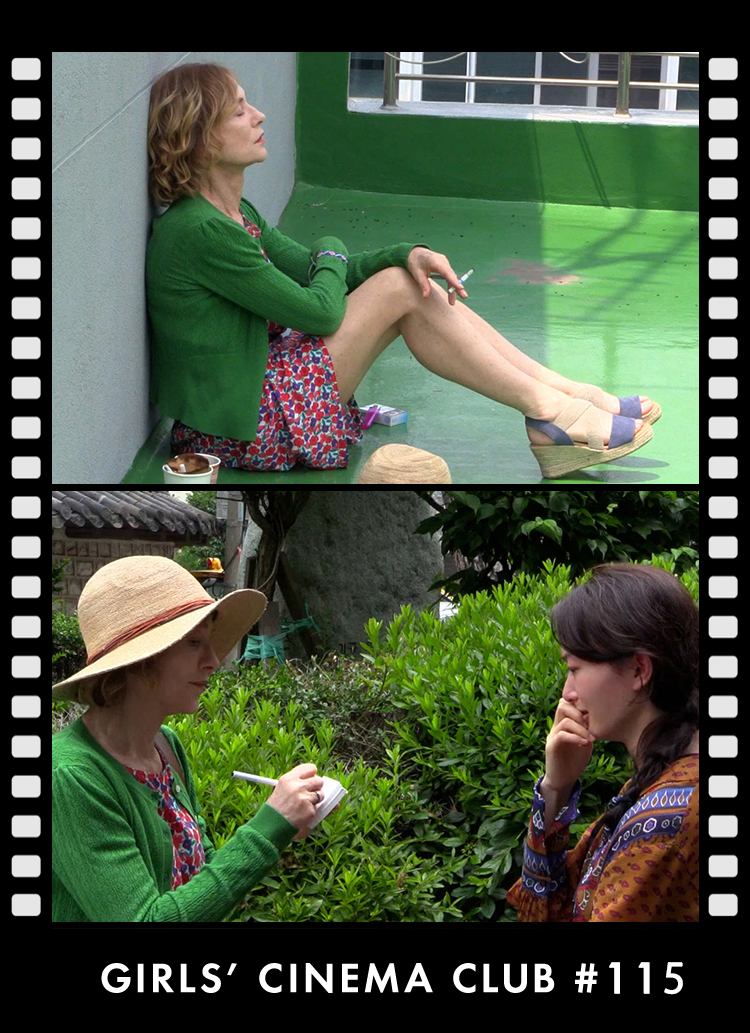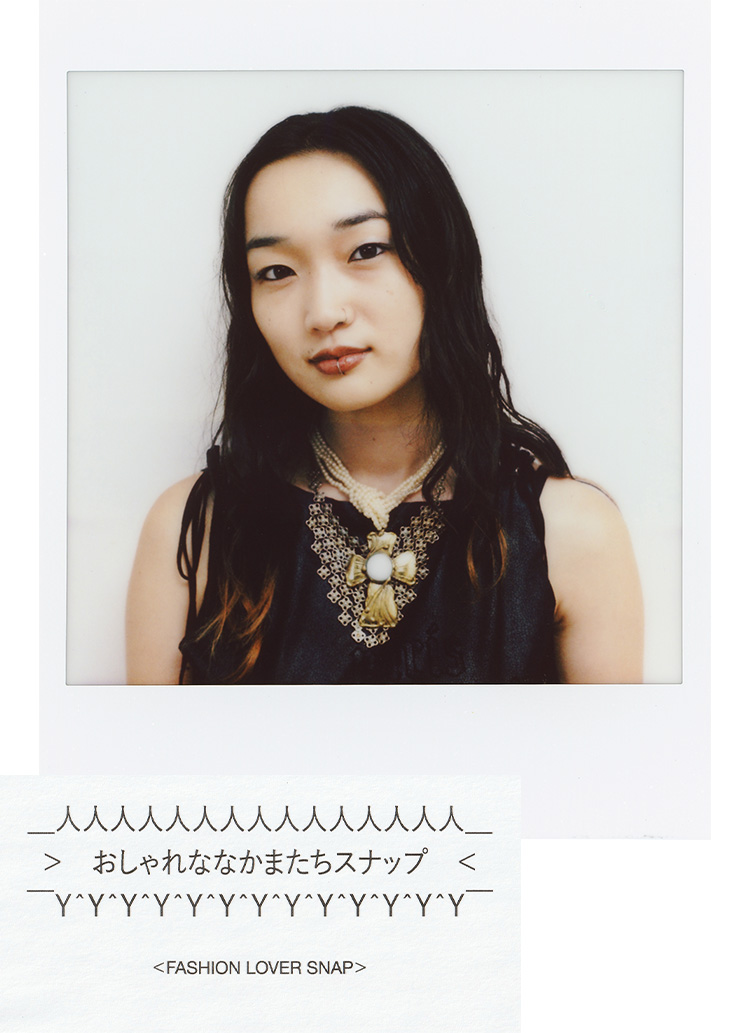
Abe:What double-X fabrics were employed during the actual war?
Fujiwara:It has not been officially announced, and I can only judge by what I see and feel, but I think it was made thicker than other Double-X fabrics.
Abe:I knew it.
Fujiwara:. That stiffness, volume, and richness of color are clearly different. However, it may have been a revision in the negative direction, so to speak, as a result of wartime material control, but over time, it has come to be prized among denim lovers.
Abe:I see . But if it's wartime and material control is the overriding prerogative, shouldn't fabrics and dyeing be thinner?
Kurihara:Is there a possibility that the durability has been increased in order to secure medium- to long-term resources, or is it the other way around?
Abe:I see. But while there are other people who make new fabrics from scratch, the attempt to create a brand is interesting in itself.

Konno:Thank you very much. As I became involved in denim and went to Kojima (Kojima City, Okayama Prefecture), I had the impression that the denim industry itself was shrinking year by year. However, when it comes to fabrics made in Japan that we can be proud of in the world, I personally think it is denim. I was also wondering if there was anything I could do to preserve Kojima's unique technology and know-how for future generations. Currently, "Beyondex" is our copyright, but we would be happy if we could eventually make it permeate Kojima as an open source, rather than a brand. We would like to preserve the Japanese style, or rather, the techniques and traditions that are unique to Japan. (He delved deeper into the Beyondex brand,Feature article here(Also check with the)
Abe:That's what I'm talking about.

When did you decide to collaborate with Beyondex, the pride of Japan, and Jack Purcell, and when did you use the models themselves as the main sampling base?
Fujiwara:Kuri took the lead in this area. We identified elements from his collection that we wanted to incorporate into this special order.
Kurihara:I brought several pairs of "Jack Purcell" today, from the 60's made by B.F. Goodrich to the 90's made by Converse, and limited to models that used denim in the past, mixing these iconic details and eventually bringing them closer to the specifications of the 80's. . In the first place, the "Jack Purcell" was made in the 60's. . To begin with, "Jack Purcell" is a model whose basic details have not changed much from the 60's to around the 90's.

From left to right, Jack Purcell, this Vintage Summit special order, 60's B.F. Goodridge, 80's white canvas, and 90's brown canvas.
Abe:In a sense, there is only a slight difference. That's how complete the model was.
Kurihara:Yes, that's right. I also believe that the origins of the so-called "rare berths" can be traced back to the 80's, when the "Jack Purcell" and "All Star" models were made of different materials, patterns, and so on. I think that the 80's is the right place to start.
Abe:What part of the project did you pay particular attention to, Kuri?
Kurihara:I guess the main feature is the side tapes. Vintage black was used until the 70's, and navy until the early 80's. The side and toe cups are made of rubber tape in the same color as the upper color.

Following the vintage model, Vintage Summit's special order side tapes are also in navy to match the denim.

The print design on the insole follows the 80's model. The retro look is impressive.
Abe:. it's certainly one of the most iconic details of the vintage "Jack Purcell".
Kurihara:The lasts used are also inspired by those of the '80s. The "Posture Foundation" insole, one of the unique specifications of the "Jack Purcell" that is not found in the "All Star," is also modeled after the one used in the 80s.
Abe:You've raised the arch of the foot for a better fit.
Kurihara:Yes. The iconic triangle, commonly known as the "blue mustache", represents the raised area of the sole of the foot.
Abe:I did not know that the mustache meant posture foundation.

The orange stitching and gold dovetails go well with the denim fabric. This gives the upper a more polished look. On the right is an All Star made in the U.S.A. as a reference.

. The selvedge, a symbol of vintage denim, is used on the heel counter. . This is also based on the use of selvedge on vintage models.
Kurihara:And since the upper is "Beyondex," I was particular about the selvedge on the heel counter and the stitching color. The denim version of the "All Star" that I brought today also has orange stitching to match jeans and other items, but it has a subtle orange tinge to it.
Fujiwara:. I think I've kept it as a reference, but have made it closer to the coloring that it should have been.


The laces are also vintage-inspired and made of cotton. They come in two colors, white and navy, so you can coordinate them with your styling.
The fact that it comes with two types of laces is also a unique feature, isn't it?
Konno:We were using cotton laces, which are also found in vintage shoes, and there was no denying the possibility that the color of the denim would fade and transfer to the shoelaces. We discussed the possibility of having two types of laces, one in navy and the other in black.
Fujiwara:I'm still happy when current sneakers come in two colors. It's like having a choice.
Abe:Yes, it is.

Fujiwara:At first, I personally thought it would be navy, but when everyone else wore white today, I thought it might be white after all (laughs).
Abe:But if the color of the denim transfers, that's just a taste. . It's not bad looking.
Konno:That's right. As I mentioned earlier, we developed this denim so that people can enjoy the color fading over time, and we hope that people will enjoy the aging process as much as they do with old clothes.


